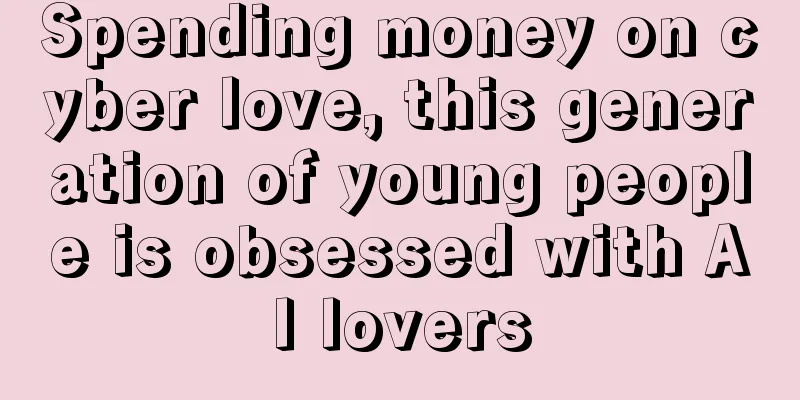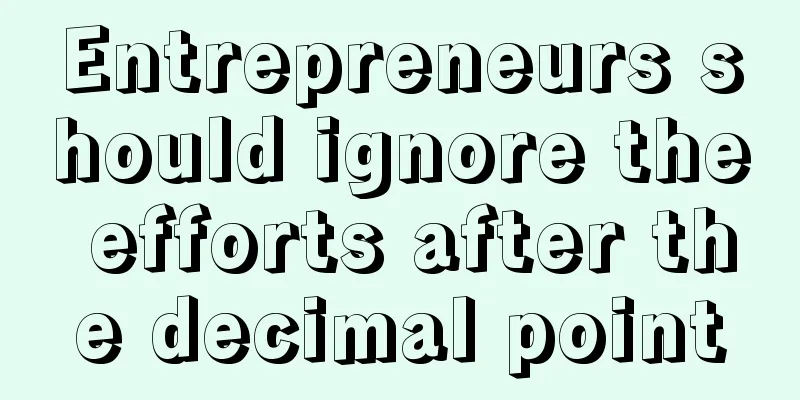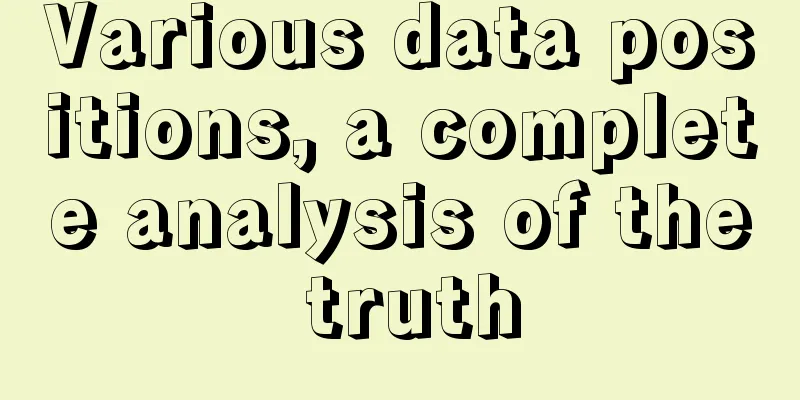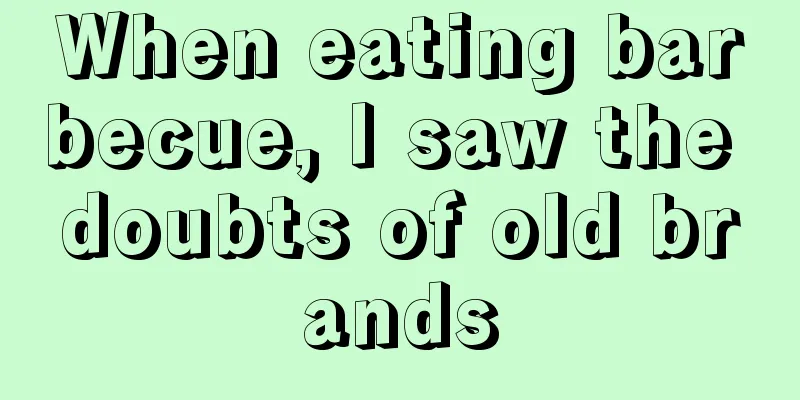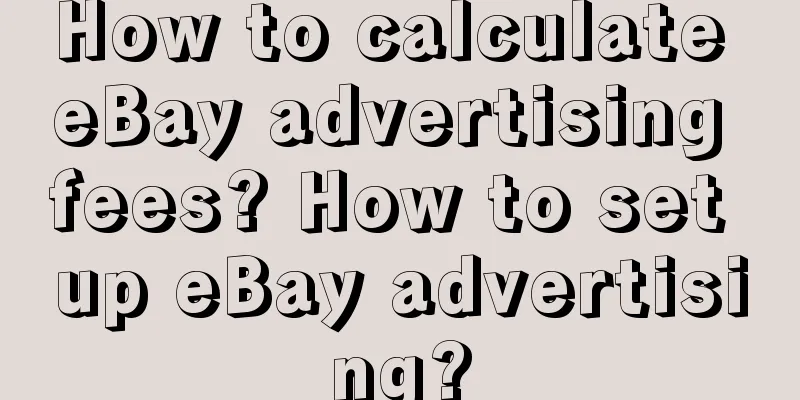Standing next to the boss for a long time, you will be the second

1. Deep understanding of scale - the first strategyIn 1917, Coca-Cola changed its slogan to "Three million bottles of Coca-Cola sold every day". Eight years later, in 1925, it was changed to "Six million bottles of Coca-Cola sold every day". If there was a ranking list at that time, Coca-Cola would have been the first one: Coca-Cola was far ahead in sales, and it created hot sales through publicity, driving the popularity of the category, from three million bottles a day to six million bottles a day, with a deep understanding of scale - the first strategy. Standardization is the prerequisite for scale. Scale is always the most profitable strategy and it is also a strategy that only a few companies truly possess. Almost all the brands you can see start with products when they first enter the market. When a product first enters the market, it is necessary to maintain sensitivity to channel data. The biggest challenge comes from the cognitive challenge at the beginning of the market. Once an effective point is found, it is necessary to spare no effort to penetrate, amplify, penetrate again, and amplify again. At the beginning of a product category, consumers recognize brands through products, and the quality of the product experience will affect their evaluation of the brand. Advertisements should focus on the unique and differentiated selling points of products, emphasizing the unique value points brought by raw materials, processes, and technologies. Almost all brands you can see started with products when they first entered the market, and this was also the case with Coca-Cola in 1886. On March 29, 1886, Coca-Cola launched its first advertisement in the Atlanta Journal. Even now, this advertisement is not outdated at all. The three-part slogan tells consumers who I am (brand name), what is different (function, benefits) and where to buy it.
2. Price-Sensitive CustomersFrom the product level, they are both cola products. At first, consumers were unwilling to pay for a bottle of cola that was the same price and tasted similar but was not Coca-Cola. Even though they spared no effort in channels and promotion, they still could not find an effective way. (Coca-Cola is 5 cents for 6 ounces, Pepsi is 5 cents for 6 ounces) In 1934, Pepsi-Cola sold a 12-ounce (large bottle) of cola for 5 cents. The slogan was: "Spend the same money, enjoy double the cola." Pepsi-Cola, sold at a 50% discount, quickly became a hot seller across the country. As a latecomer, the first question to answer is: where do my customers come from? From competitors. Pepsi successfully converted price-sensitive customers among Coca-Cola users in the first stage through a 50% discount sales strategy. They have no preference for brands and are relatively sensitive to prices. Each party's basic foundation and fundamentals determine the basic strategy, which is to attack where it is not defensible. 3. Voice, Literature, Sound, and MusicIconoclastic writers Allen Kent and Austin Crumb wrote a breezy jingle, "Pepsi Is Good," to the tune of "Do You Know John Pearson?" Pepsi is good, and twelve ounces is not a small amount. The same five-pack is double the size, Pepsi is really affordable. The five-five-cent jingle goes off, and the Pepsi-Cola drips out. Pepsi-Cola made this song into a 30-second radio advertisement. After it received good results on the radio, it was adapted into an orchestral record. After that, the song was adapted into a march, waltz, rumba and country song, and was repeatedly circulated, at one point earning the evaluation of "a disaster to the American continent." Afterwards, Michelle Ice City adapted "Oh, Susanna!" I love you and you love me~ Michelle Ice City is sweet. What is useful is always useful, so just use it. It has been proven to be practical and works. Don’t rack your brains to think of new ideas. When you feel sleepy or tired, drink Dongpeng. 4. You fight yours, I fight mineFacing fierce competition from Pepsi, Coca-Cola was also led astray from its revolutionary path, especially in the blind taste challenge of Pepsi, where Coca-Cola even launched a lighter cola to suit consumers’ taste preferences. This is a typical example of being led by the opponent. In competition, going against the flow is more effective than going with the flow. An excellent general insists on you fighting yours and I fighting mine. 5. The more trust you have, the more you buySocial psychology research shows that humans have a special preference for things that are familiar to them, and the degree of preference increases with the frequency of appearance. Social psychology calls this phenomenon the "exposure effect", also known as the law of familiarity. The more familiar, the more you like it, the more you like it, the more you trust it, and the more you trust it, the more you buy it. Author: Houshan Guest House Source: WeChat public account "Lao Gao Business and Brand" |
>>: Zhuang Jun: After analyzing 1,000 popular articles on Xiaohongshu, I summarized these routines!
Recommend
What are the common reasons for Amazon account deactivation? What should I do if my account is at risk of being deactivated?
The number of domestic cross-border e-commerce com...
Can the Shopee store profile picture be changed? How to name a Shopee store?
Now there are more and more sellers opening stores...
Great! Someone from an MCN agency received a million-dollar luxury car as a year-end bonus
As an emerging industry, MCN has become a field th...
Interesting advertisements for the first half of 2024
In an era where all kinds of advertising and marke...
Can I still withdraw cash if Doudian is closed during the Spring Festival? Why can I only withdraw half of the cash?
With the rise of the Douyin platform, more and mor...
Brand portfolio strategy: How do companies plan and implement multiple brands?
To develop, enterprises often need to launch multi...
Without public domain, you can’t grow big; without private domain, you can’t be stable
This is an era of omni-domain marketing. The value...
How to print Shopee logo card? How to operate?
Speaking of Shopee e-commerce platform, I believe ...
Which domestic cross-border e-commerce platform is the best and most reliable? How to choose?
There are many people in China who want to engage ...
What are the three types of logistics services on AliExpress? What are the differences?
As the world's leading B2B cross-border e-comm...
Member Upgrade Campaign: A Strategic Guide to Exploring User Potential and Scaling Up Average Customer Price
In the stock era, commercialization is particularl...
With revenue growth exceeding 100%, what did Atour do right?
This article deeply analyzes the ecological strate...
How do convenience stores, supermarkets, department stores, outlets, e-commerce and other retail formats leverage the membership economy?
In the fierce market competition of the retail ind...
Live streaming has become Uniqlo's lifeline in China
The shared bike industry has gone through 8 years ...
Michelin restaurants sell poor person set menus. Is high-end dining still a good business?
Michelin restaurants have also started selling &qu...
